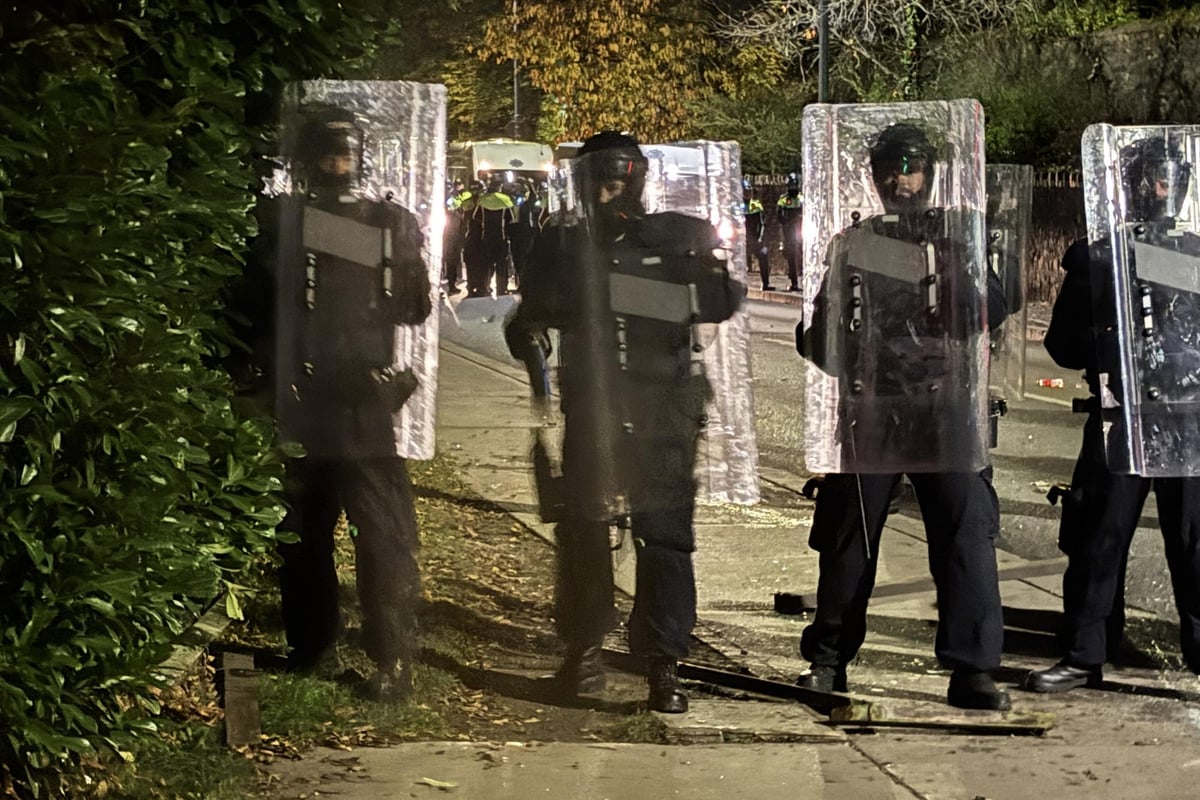Copyright New York Post

California Gov. Gavin Newsom received a hero’s welcome from fellow Democrats in Texas this weekend after his victory in the Proposition 50 referendum. The California ballot initiative passed overwhelmingly, despite the fact that it ripped power away from the public and placed it back in the hands of politicians — i.e. Democrats — to redraw congressional districts and eliminate the Republican opposition. Newsom cast the vote in terms of national politics, telling Californians it was a way to push back against President Donald Trump, who remains unpopular in the state. He also claimed his gerrymandering was a response to Texas Republicans, who redrew their own districts to comply with recent Supreme Court rulings that limited the use of race in district boundaries — and eliminated five Democrat-held seats in the process. Newsom, seen until now — even within his own party — as a slick, entitled politician, can now claim to have done more than any other Democrat to level the playing field ahead of the crucial 2026 midterm elections. That, in turn, places him in a unique position to make his case for the party’s presidential nomination in 2028. Newsom excels in trolling Republicans — which is why he hung around the GOP primary debates in 2023, and why he went to Texas this weekend to taunt the opposition. But while he was gone, Californians continued to suffer the brunt of his policies. Fire victims in Pacific Palisades and Altadena, for example, still endure endless delays — both from insurance companies, which are reluctant to pay claims, and from local officials, who are dragging their feet in approving permits to rebuild. Local residents, desperate for help, are calling for California Insurance Commissioner Ricardo Lara to resign, and demanding that Newsom ask him to step down. The governor has yet to respond. He is more concerned with what he calls the “de facto” end of the Trump presidency, which he promises will follow after the midterm elections. How he hopes to convince Trump to approve $40 billion in requested federal fire aid after such antics is anyone’s guess. The state itself could help in any number of ways — such as buying construction materials at discount bulk prices, which could lower costs for local families. It could also develop long-term strategies to mitigate the danger of wildfires — something Newsom has rejected in recent weeks, saying it would cost too much for a state that has struggled with budget deficits for the past two years. Newsom has other priorities: He spent $282.6 million of public money on the special election for Prop 50. Meanwhile, fuel is accumulating on public land — like the land on which the Palisades Fire began, after being kindled from an earlier fire that state and local authorities failed to put out. Newsom is taking a calculated gamble: That Democratic Party primary voters will care more about how vigorously a candidate fought the Trump administration than how well he or she performed in office. For the sake of his political future, he’d better be right. After nearly two terms in office as governor, following eight years as lieutenant governor and two terms as mayor of San Francisco, it is difficult to name a single real achievement in Newsom’s long career. He has simply failed upward. The one thing Newsom has done well is to pick fights with Trump and with other Republicans, such as Florida Gov. Ron DeSantis, usually over social issues. Most of the country disagrees with Newsom’s far-left positions on issues like transgenderism, such as a state law punishing school districts that inform parents of children’s gender changes. But Newsom knows his party is desperate for a candidate who can fight — even one who leaves his own state behind. Joel Pollak is The California Post’s Opinion Editor. The California Post, a sister publication to The New York Post, will be launching early in 2026.



